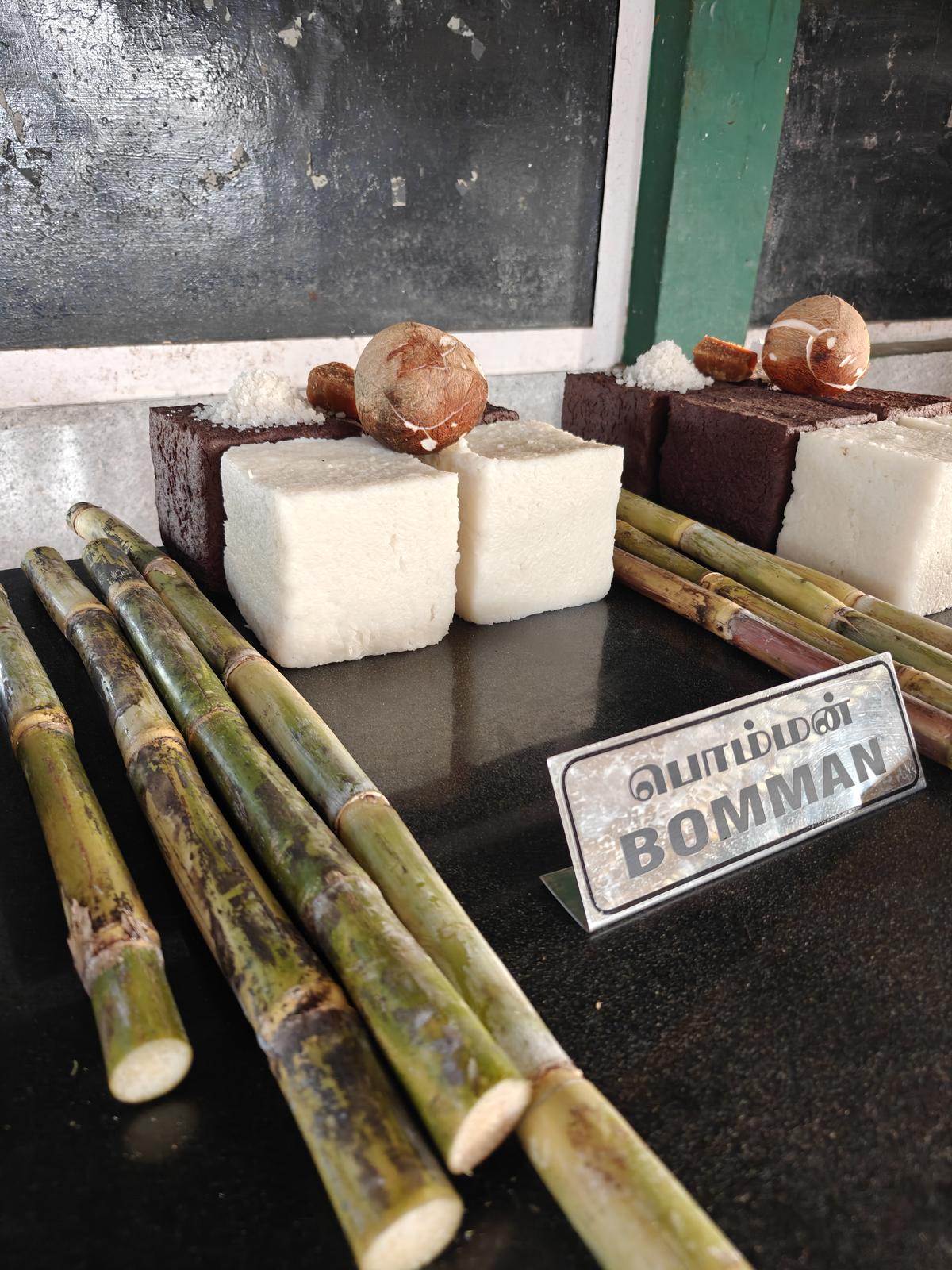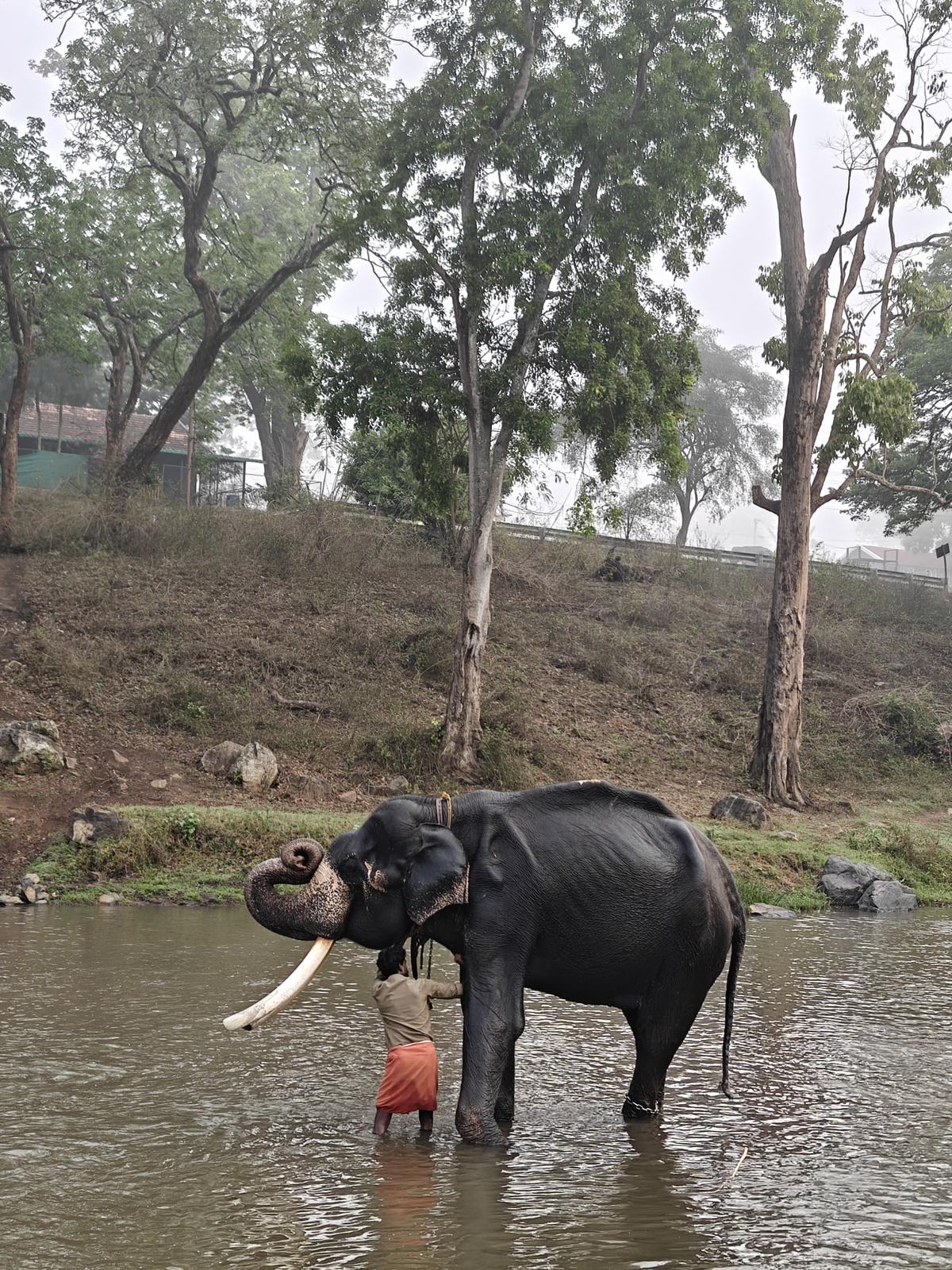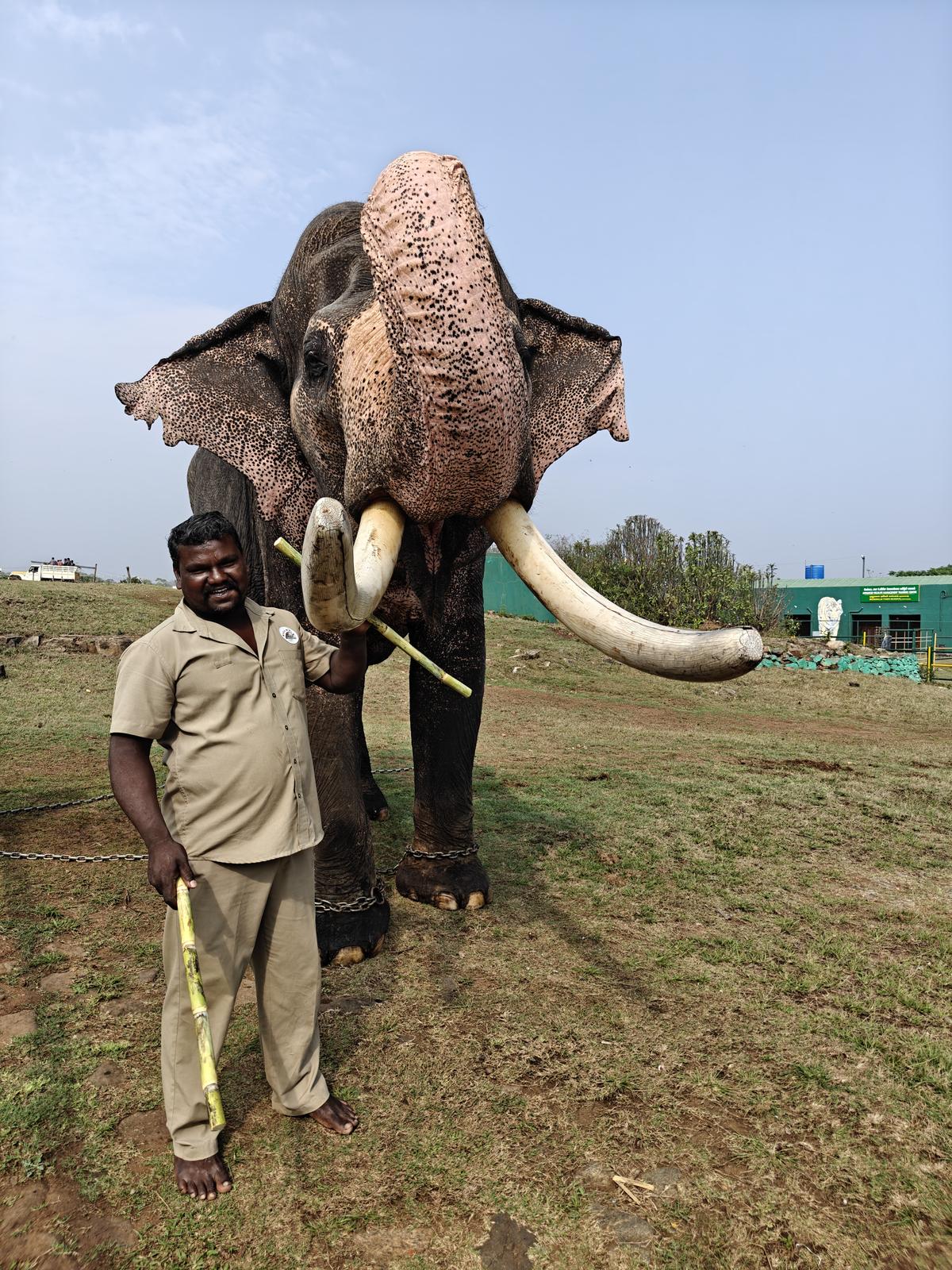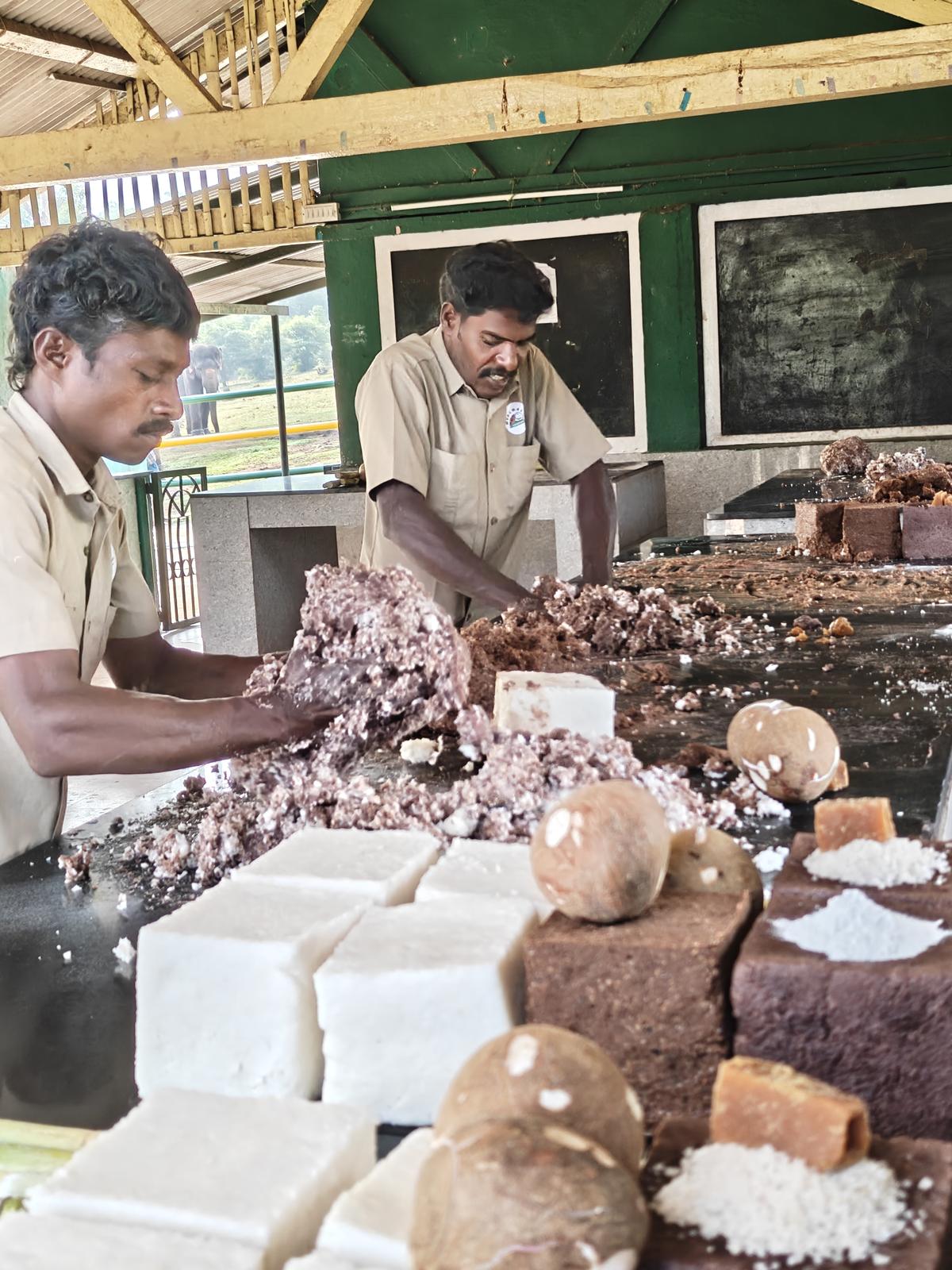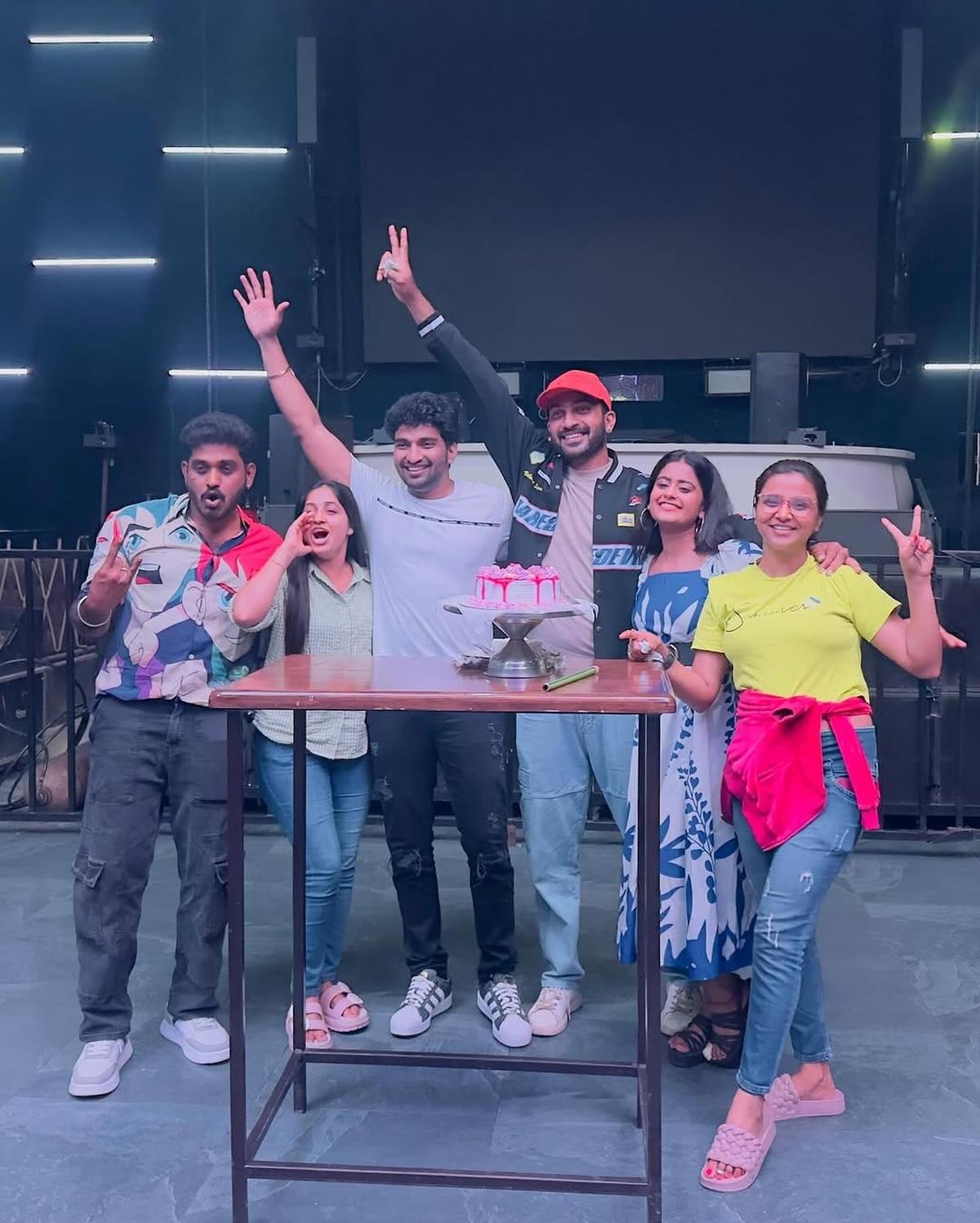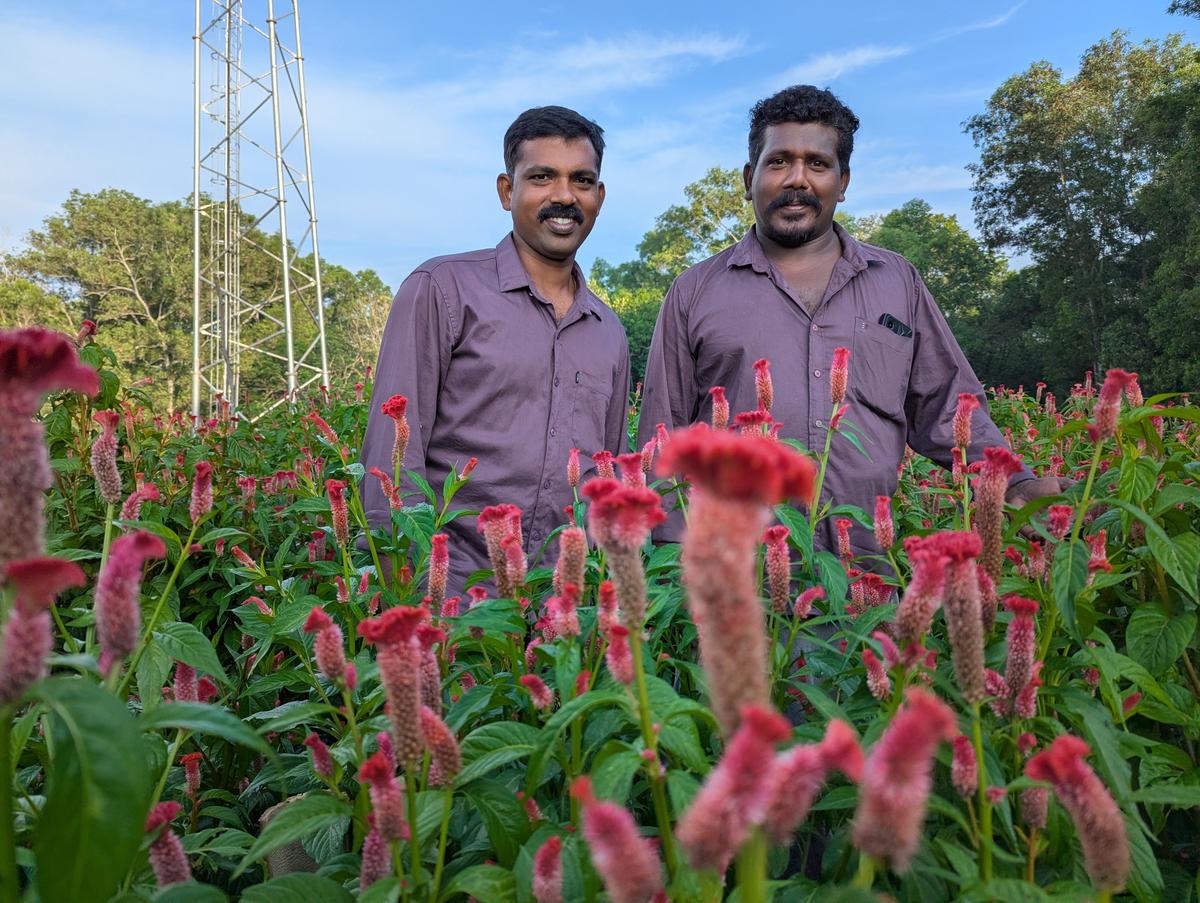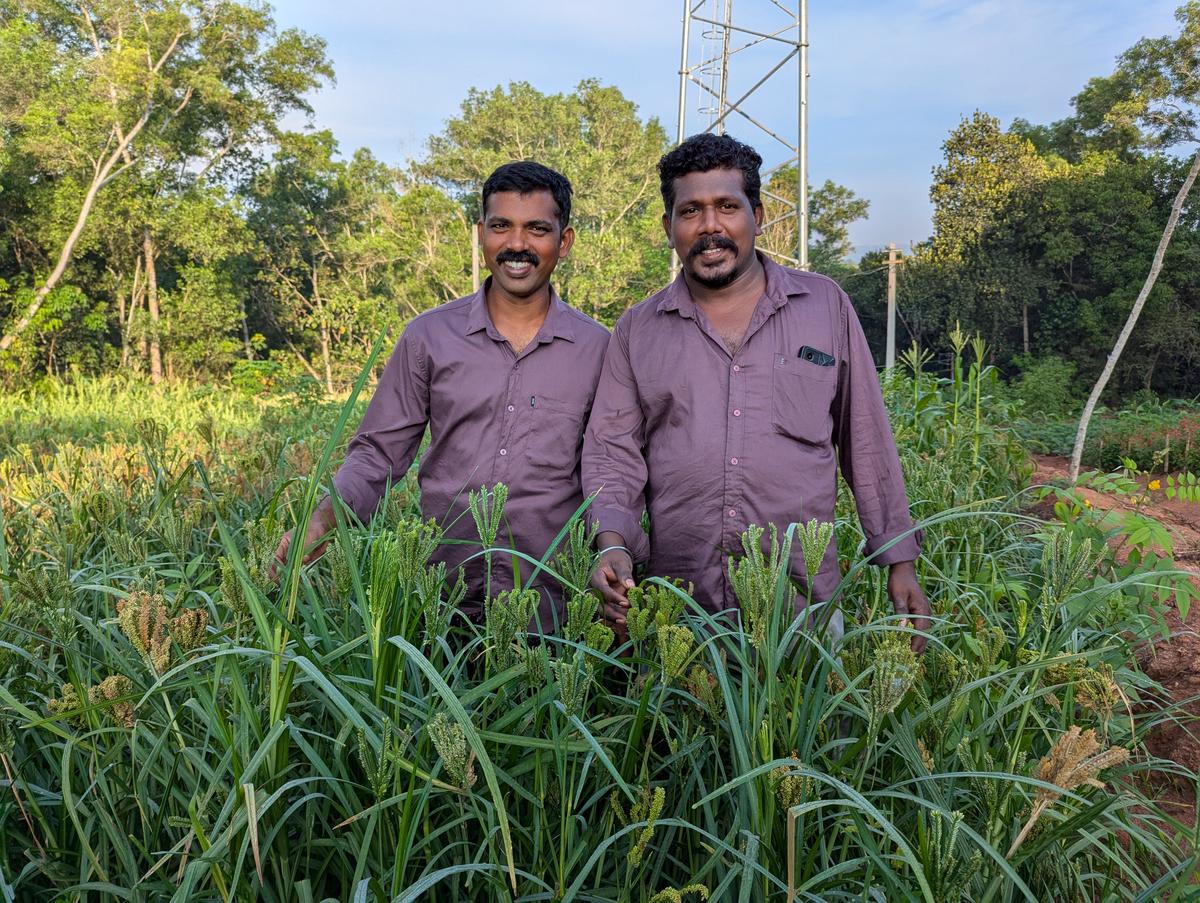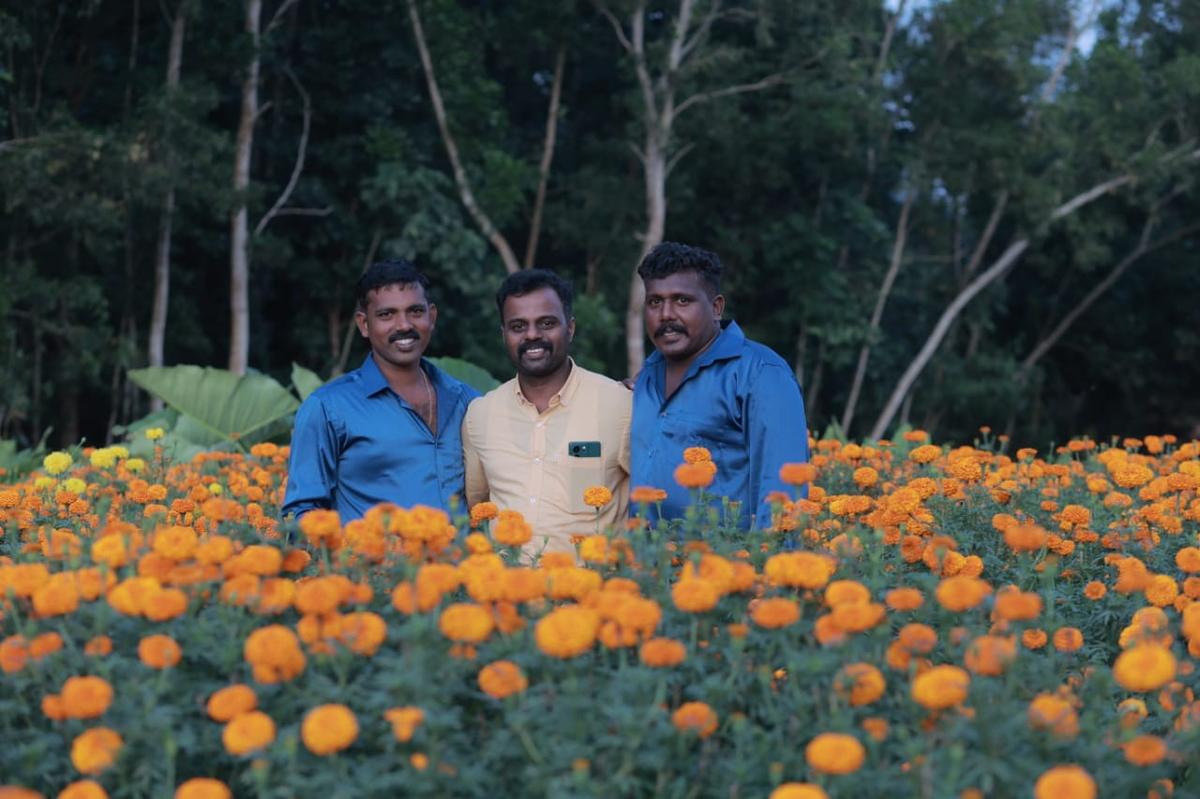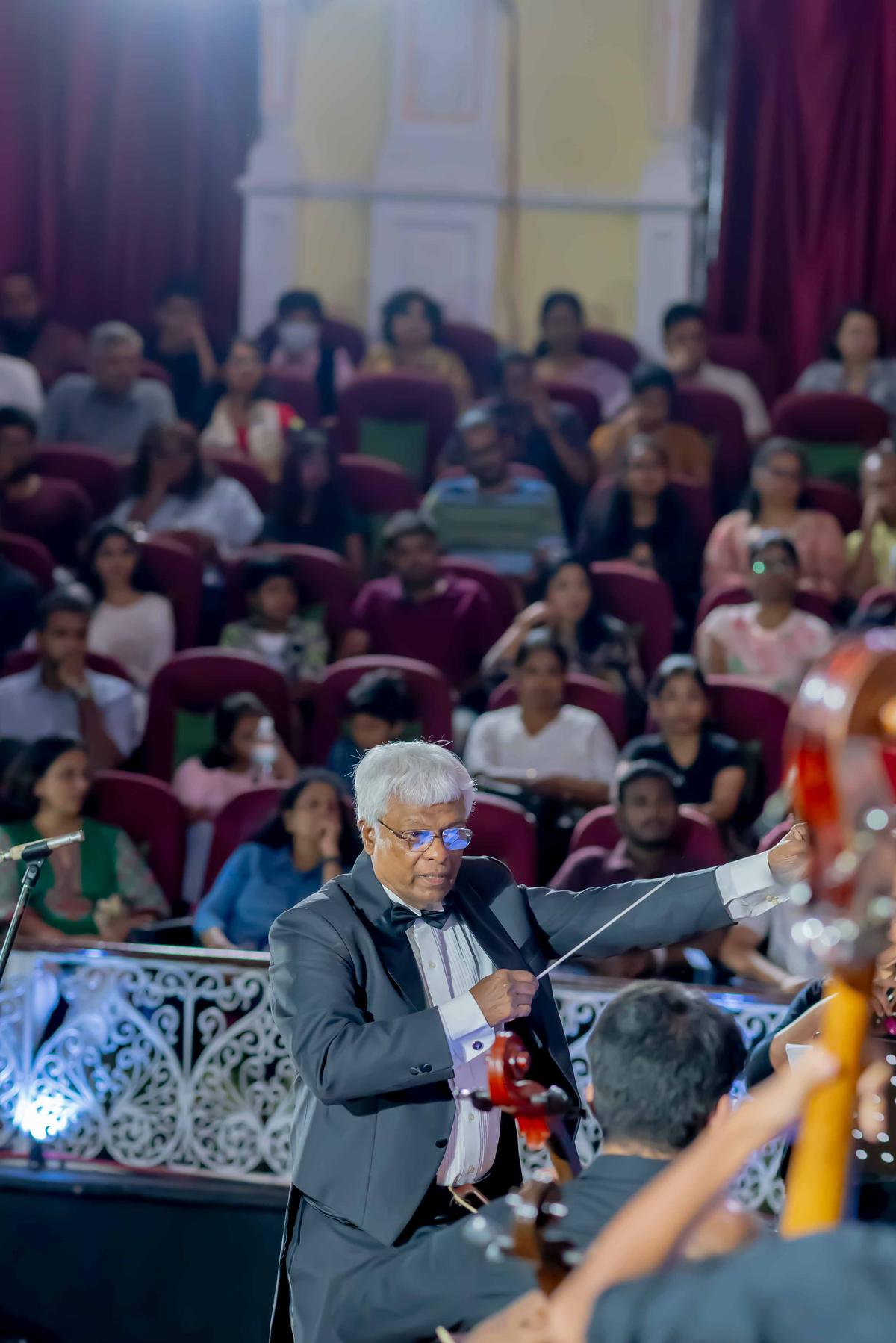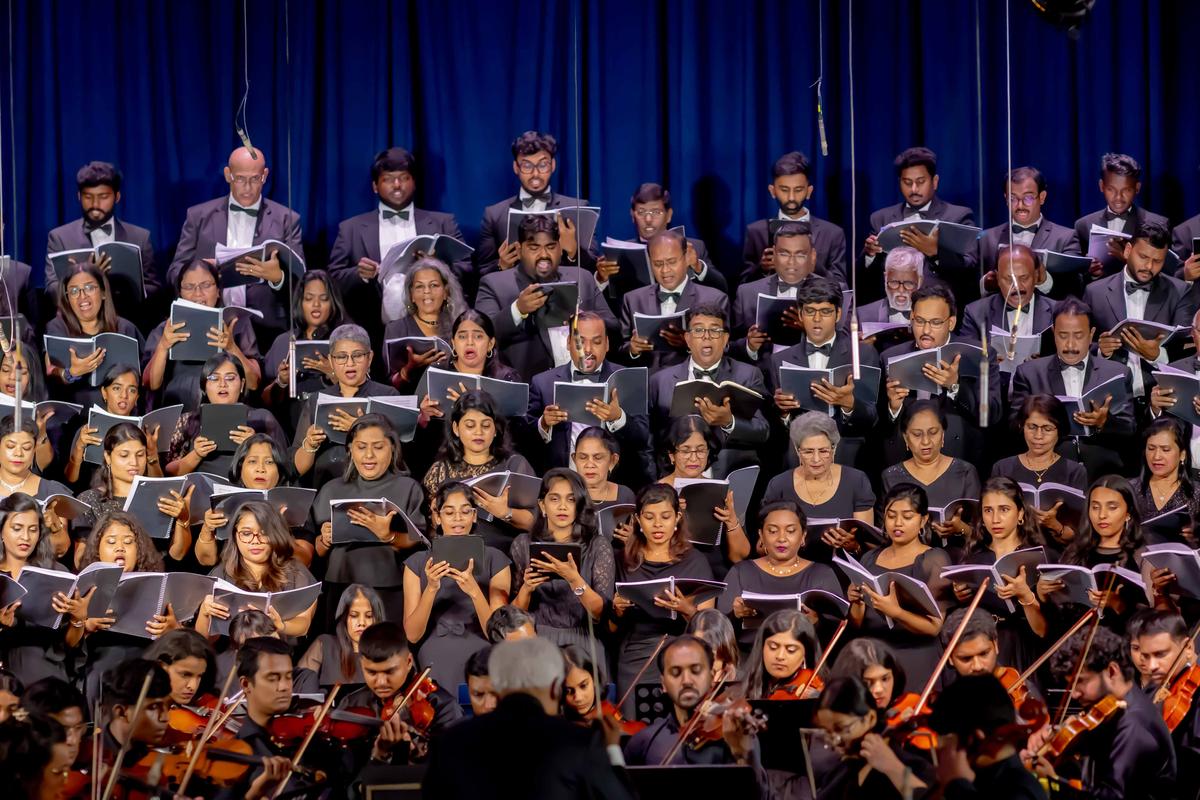In 2020, when the pandemic forced everyone to stay indoors, writer-director Muhsin Parari (a.k.a. Mu.Ri) was stuck at home, like everyone else. And the writer did not have a choice, when his eight-year-old son Ahmed demanded a bedtime story.
By then, Muhsin had already written award-winning films such as Sudani from Nigeria and Virus. He began narrating a tale about an ant, a cuckoo, and a fish. The ant drifts on a leaf, the bird soars through the sky, and the fish glides along a stream that moves to its rhythm. Though each creature is aware of the others’ existence, none truly understands how the others live. This idea forms the basis of Muhsin’s latest song, ‘Areela’ (meaning don’t know), produced by DJ Sekhar and sung by veteran Malayalam actor Indrans. The track, released by Muhsin’s label The Writing Company, is the fourth song among a series of tracks called MuRiginals, referring to his collaborations with “like minded friends in the music scene”.

It is a story of how everyone co-exists, ignorant of one another’s experiences, or as Muhsin might say, “to overlook epistemological pluralism”. The 36-year-old writer, who has often stated that his songs contain a political subtext, adds, “We often lack clarity on how to co-exist, due to which our disagreements very quickly move to conflicts.”
Muhsin Parari
| Photo Credit:
Habeel Ahmed
As his son drifted off to sleep, Muhsin put pen to paper and began scribbling whatever came to mind, gradually turning the tale into a track. “Once I’d finished writing, I reached out to Indransettan (Indrans) and told him to record it as though he were telling a children’s story,” he says. “Then I called Sekhu (DJ Sekhar) and sent the track over. We’ve worked on songs like this before—if you send him the lyrics, he just gets it. There’s no need for much briefing,” he adds.
The song gradually picks up tempo as the lyrics unfold, moving from one chapter to the next. Layer by layer, sounds are added, with the track ebbing and flowing through chaos, resulting in a trippy, immersive listening experience.

DJ Sekhar Menon
| Photo Credit:
SPECIAL ARRANGEMENT
“Sekhu calls it ‘nonsensical wisdom’ whenever I send him scribbles like this,” says Muhsin, who previously collaborated with him on ‘KozhiPunk’, an adaptation of Malayalam poet K Satchidanandan’s poem of the same name.
Muhsin has worked with veteran actors in the past as well. One of his first independent music projects, ‘Native Bappa’ (2013), featured the late actor Mamukkoya alongside rapper Haris. In the song, directed by Muhsin, Mamukkoya portrayed a grieving father mourning the loss of his son, who had been wrongfully accused of terrorism. Muhsin reunited with Mamukkoya in 2016 for ‘Funeral of a Native Son’, a sequel to ‘Native Bappa’, written with Santhosh Varma and Haris Saleem as a tribute to Rohith Vemula, who died by suicide.
‘03:00 AM’, featuring Lukman Avaran, was voiced by actor Salim Kumar and produced by DJ Sekhar. Released in 2022, the track explores themes of alienation and a sense of drifting without direction.
“When working with artistes like Indransettan, Mamukkoya, or Salimettan (Salim Kumar), the advantage is that you only need to brief them once,” says Muhsin.
‘Areela’ was completed as early as 2020. “We had big plans, including a music video. But we held on to it for so long, we figured we might as well just release it now,” says Muhsin, who decided to take a break from writing film songs in December last year. “The workload had become too much. My goal has always been to write scripts and make films.
Muhsin made his directorial debut with KL 10 Patthu, starring Unni Mukundan, in 2015. Three years later, he won the Kerala State Film Award for Best Screenplay for Sudani from Nigeria. His most commercially successful outing came in 2022 with Thallumaala, for which he wrote the script and penned all the songs. Muhsin has also written lyrics for films such as Thamaasha (2019), Virus, Bheemante Vazhi (2021), among others.
He is currently working on his upcoming directorial venture, Thantha Vibe Hybrid, starring Tovino Thomas, and is also one of the writers on Madhu C Narayanan’s (director of Kumbalangi Nights) next project.
Areela can be listened to on all streaming platforms
Published – April 09, 2025 05:36 pm IST









